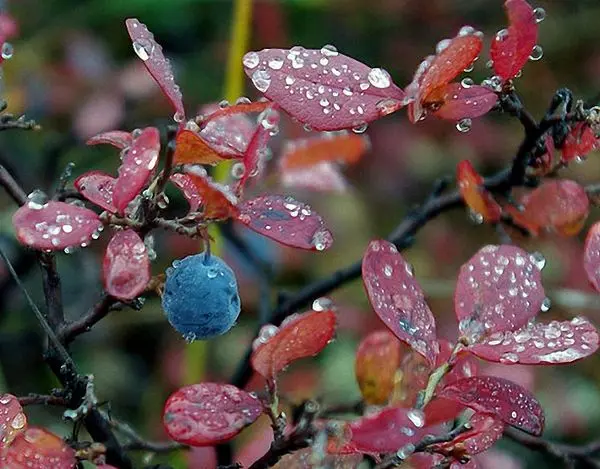Contents
Blueberries are a garden relative of blueberries. This juicy berry pleases with simple growing conditions. You will learn how to cover blueberries for the winter correctly so that they will please their harvest for many years by reading our today’s article.
General shelter rules
Often, gardeners wonder if it is necessary to cover blueberry bushes for the winter at all, because the plant itself is unpretentious and rarely gets sick. The answer to this question depends on the region where the berry is grown.

In the Moscow region, the plant does not cause any special problems, in this strip it has ideal conditions for growth and development. Some gardeners do not even cover the berries for the winter, as tall bushes tolerate cold down to -25 ° C without any problems. If the winter is expected to be more severe, it is necessary to insulate the plant.
The same as in the Moscow region, the shelter conditions will be in most regions of Belarus. However, if the winter is expected to be snowless, you need to take care of the safety of the shrub.
In the Volga region, blueberries are rarely found in summer cottages, since in the conditions of this region, caring for it requires a lot of effort, and the harvest is rarely good.
In places where growth conditions are harsh (in the Urals and Siberia), there is no need for warming, because special frost-resistant hybrids are used. In addition, large snowdrifts will serve as a natural shelter for the berry.
In autumn, before shelter, in all regions without exception, it is recommended to cut off excess shoots from blueberry bushes – dry and diseased branches. If this is not done, all the vitality of the plant will go into these unnecessary branches, and the berries will become sour and small.
Video “Preparing blueberries for winter”
From this video you will learn how to properly prepare blueberries for the winter period.
Stages of insulation
The warming of garden blueberries takes place in several stages: first you need to prepare the berry, and only under certain conditions you need to cover it. Moreover, it is necessary to take into account the variety of the plant, because they all have different frost resistance:
- very low in varieties such as Eliot and Herbert;
- low – at Brigid;
- medium – Sunrise, Elizabeth, Brigitte Blue;
- high – Canadian nectar, Taiga beauty, Divnaya.
Before frost
After pruning, the bushes are prepared for shelter: the remaining branches are straightened and bent to the ground with the help of twine or arcs. As soon as frosts begin, the plant must be insulated.
With first snow
As soon as the snow falls, they sprinkle shelter on top to fill in all the gaps and prevent frost from getting to the bush. As we have already said, for shrubs with high frost resistance, snowdrifts are the best shelter, because the necessary heat is stored under the crust.
Best Shelter Materials
To shelter plants, it is best to use spruce branches – on the one hand, it keeps heat well, on the other, it lets air through. A good option would be burlap, sprinkled with a layer of snow on top.
But it’s not worth covering the blueberries with a film – this will create a greenhouse effect, unnecessary for the shrub, and the branches will begin to rot and hurt. In addition, fungus can start on them.
Preparing blueberries for the winter is a simple procedure that will justify itself in the spring. By timely pruning and warming blueberries for the winter, you will protect the plant buds from freezing and save the harvest.









